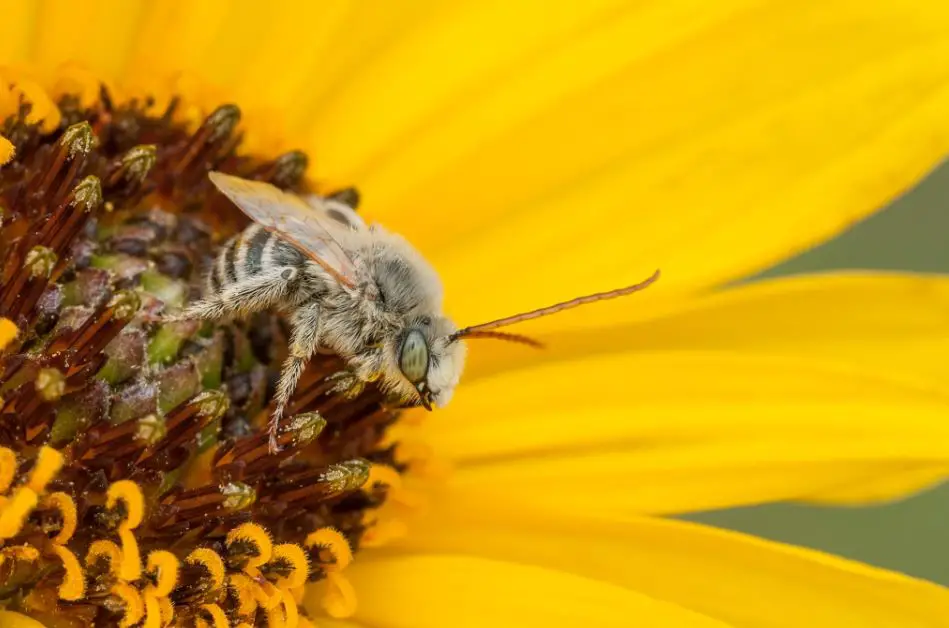Bees are as important to our life as the oxygen we take in and the water we drink. Sadly, a lot of reasons are causing bee populations to decrease. Gardeners from various geographical areas may contribute, but for the sake of this essay, we will concentrate on Nebraska and the West North Central United States. Continue reading to find out how to attract bees from South Dakota, butterflies from Wyoming, and different kinds of bees from Montana.

About West Central United States Bees
Pollen, nectar, and habitat are the three things that bees need to survive. The destruction of the bees’ natural habitat and various chemical controls have also contributed to their decrease.
Gardeners can make a difference by including a pollinator garden by scattering pollinator-friendly plant species around their landscape. Nonetheless, clustering pollinator plants is preferable to single plant specimens because it provides various bee species with a range of bloom dates, makes habitat more accessible, and is better protected.
You must consider the demands of the young in addition to the conditions above to attract these useful insects. Bees and other pollinators are no different since reproduction is one of a species’ greatest imperatives. Be careful to consider and include host plants while gardening to attract pollinators; they provide places to nest, food, and shelter for eggs, larvae, and pupae.
Type of Bees in North Dakota
In North Dakota, bumblebees are the most prevalent species of bee. Rusty Patched and Yellow-banded bumblebee populations, endemic to the northern U.S. from the eastward of the Dakotas, have sadly fallen quickly due to habitat degradation.
Long-horned bees enter the second place, with almost 30 species found in North Dakota alone.
Little and large Carpenter bees, Sweat bees, Squash bees, Polyester bees, Masked bees, Cuckoo bees, Mason bees, Leaf Cutter bees, and Miner bees are among the other bee species that may be found in North Dakota. Long-horned bee species number over 30 different varieties. The majority of these bees are widespread throughout the U.S.
Of course, you will also encounter wasps, yellow jackets, and hornets, but even if they resemble bees, physiologically speaking, they are quite different and are arranged in distinct orders. Wasps also consume meat rather than honey and pollen since they are carnivores.
Butterflies of Wyoming
Besides different kinds of bees, pollinator gardens may attract other pollinators, including flies, wasps, moths, butterflies, and even certain birds.
Some hardly many butterflies and moths live in Wyoming. In addition to the American lady, cabbage white, common buckeye, common wood-nymph, coral hairstreak, Eastern tailed blue, hackberry emperor, mourning cloak, Phydiodes tharos, question mark, red admiral, and white admiral, there is, of course, a Wyoming butterfly.
Aphrodite, big spangled, gulf, and variegated fritillaries are just a few of the many swallowtail butterflies that may be found, in addition to the black, Eastern tiger, gigantic, pipevine, two-tailed, and Zebra swallowtails.
The native bee species in North America number over 4,000. The list above just scratches the surface. Because bees may cross state boundaries with a single swift trip, you could find California bumblebees in Nevada or Nevada bumblebees in California. To draw in your bee buddies, plant your garden with natural bloomers like milkweed, Liatris, black-eyed Susan, blanket flower, coneflower, wild bergamot, and butterfly weed.

